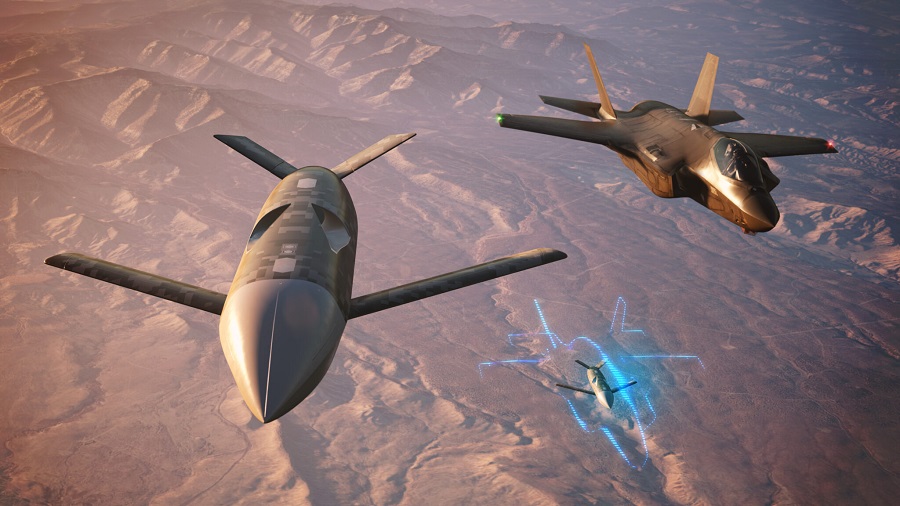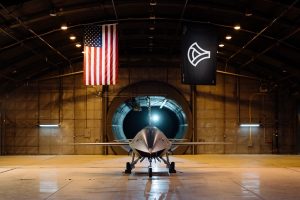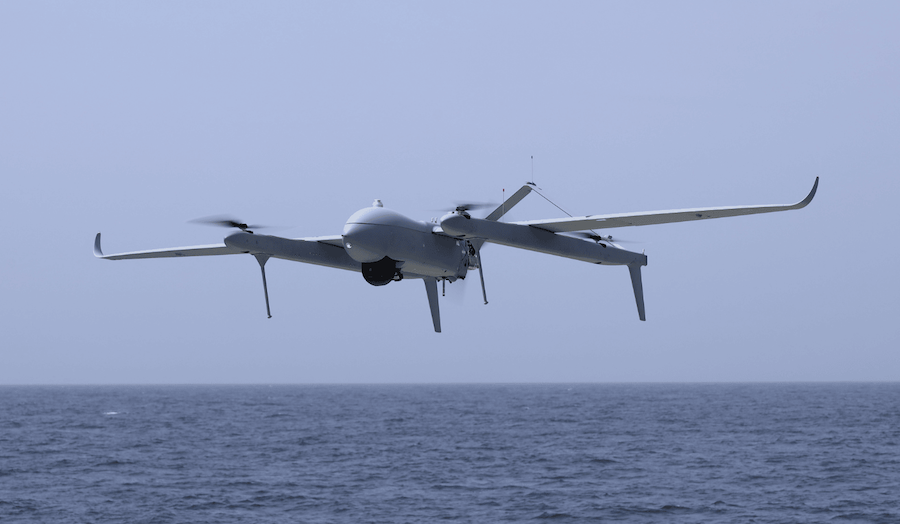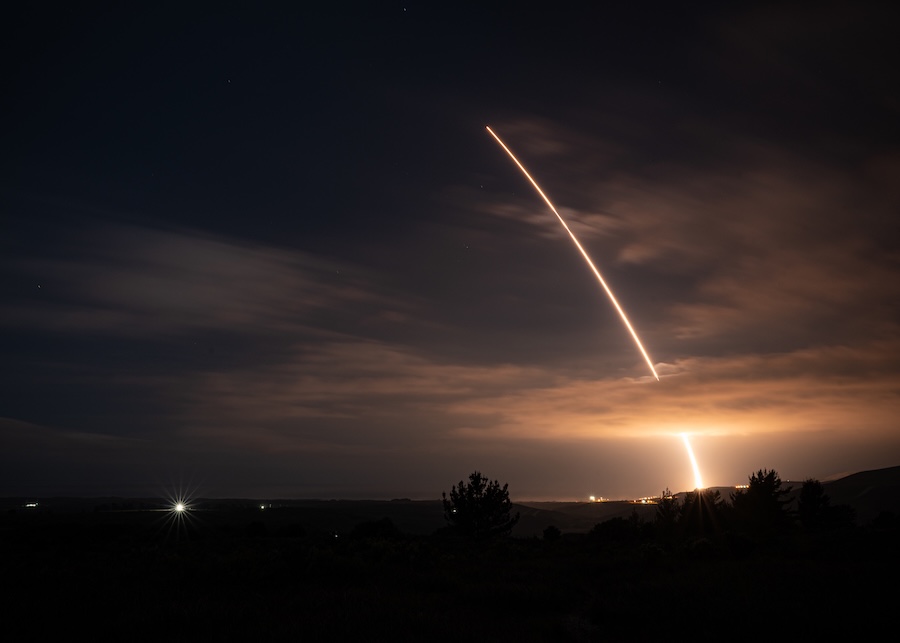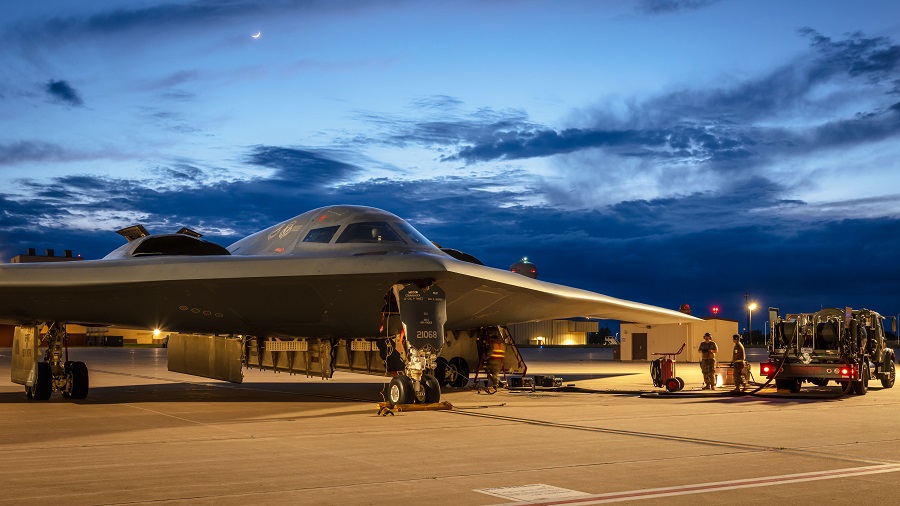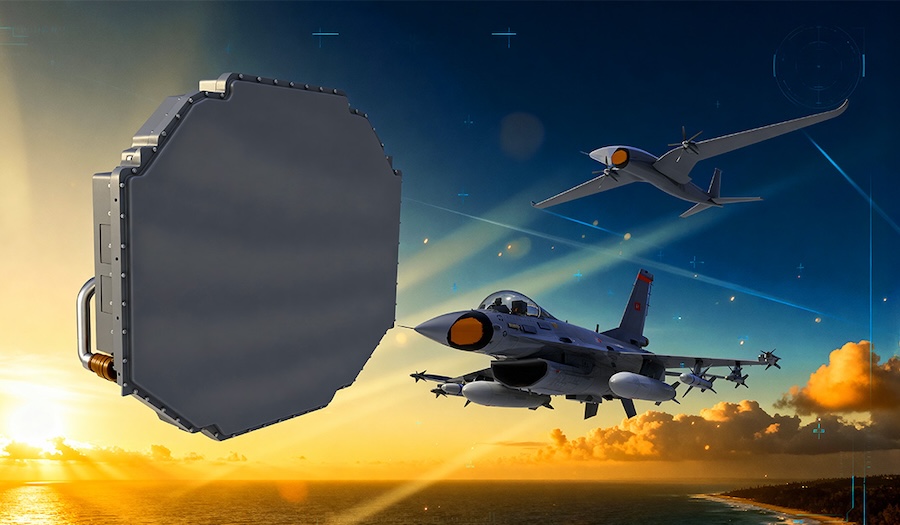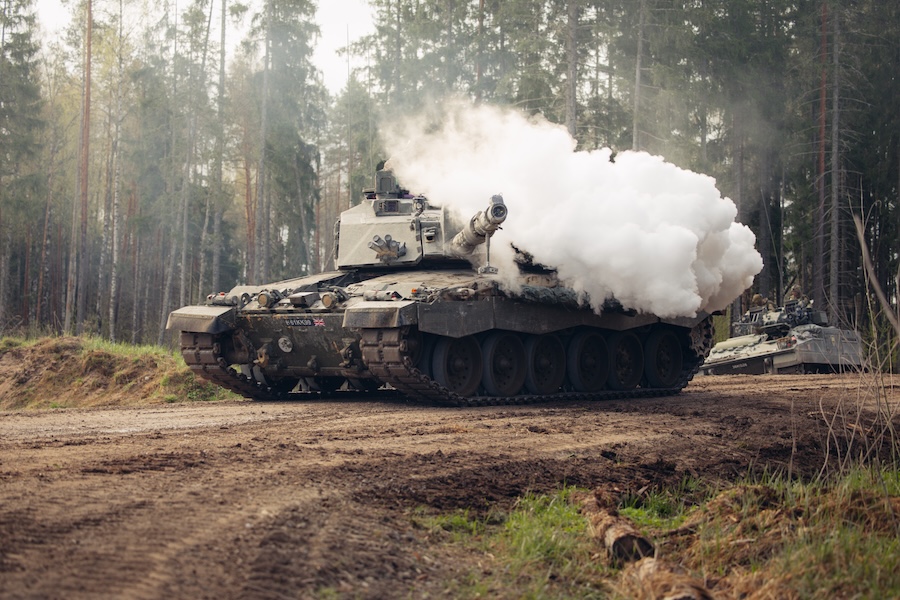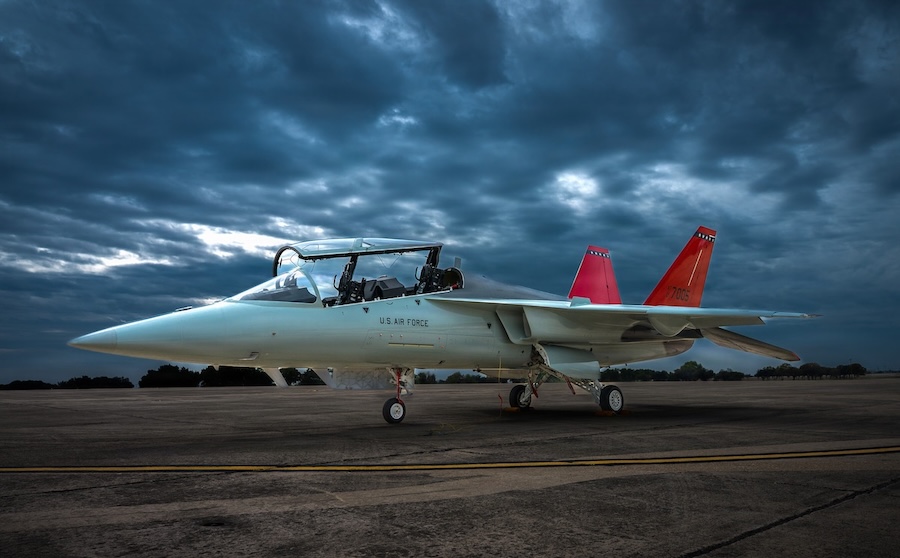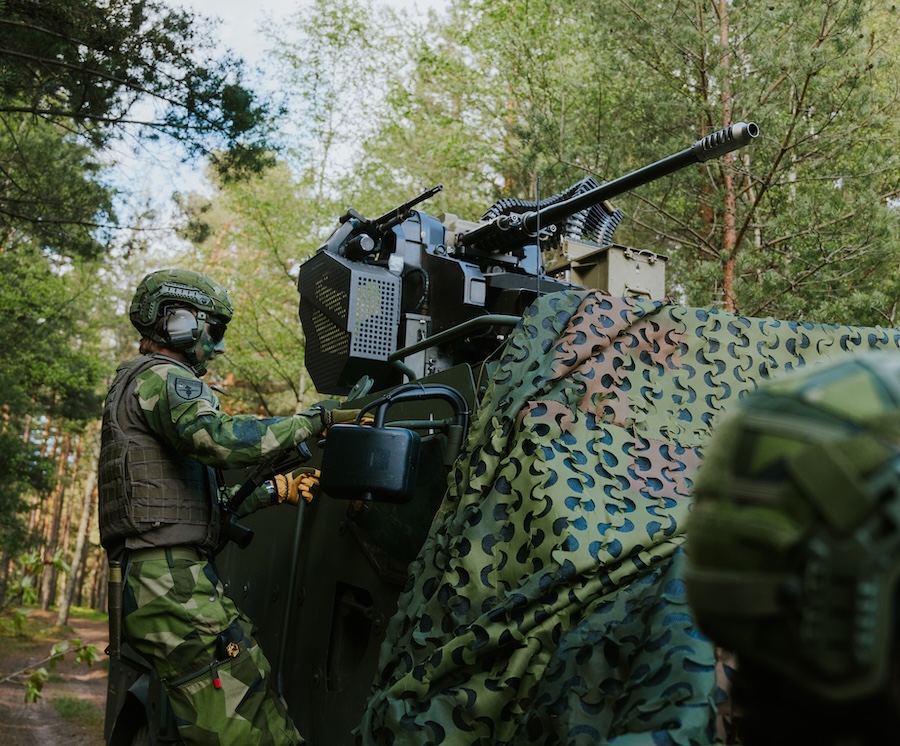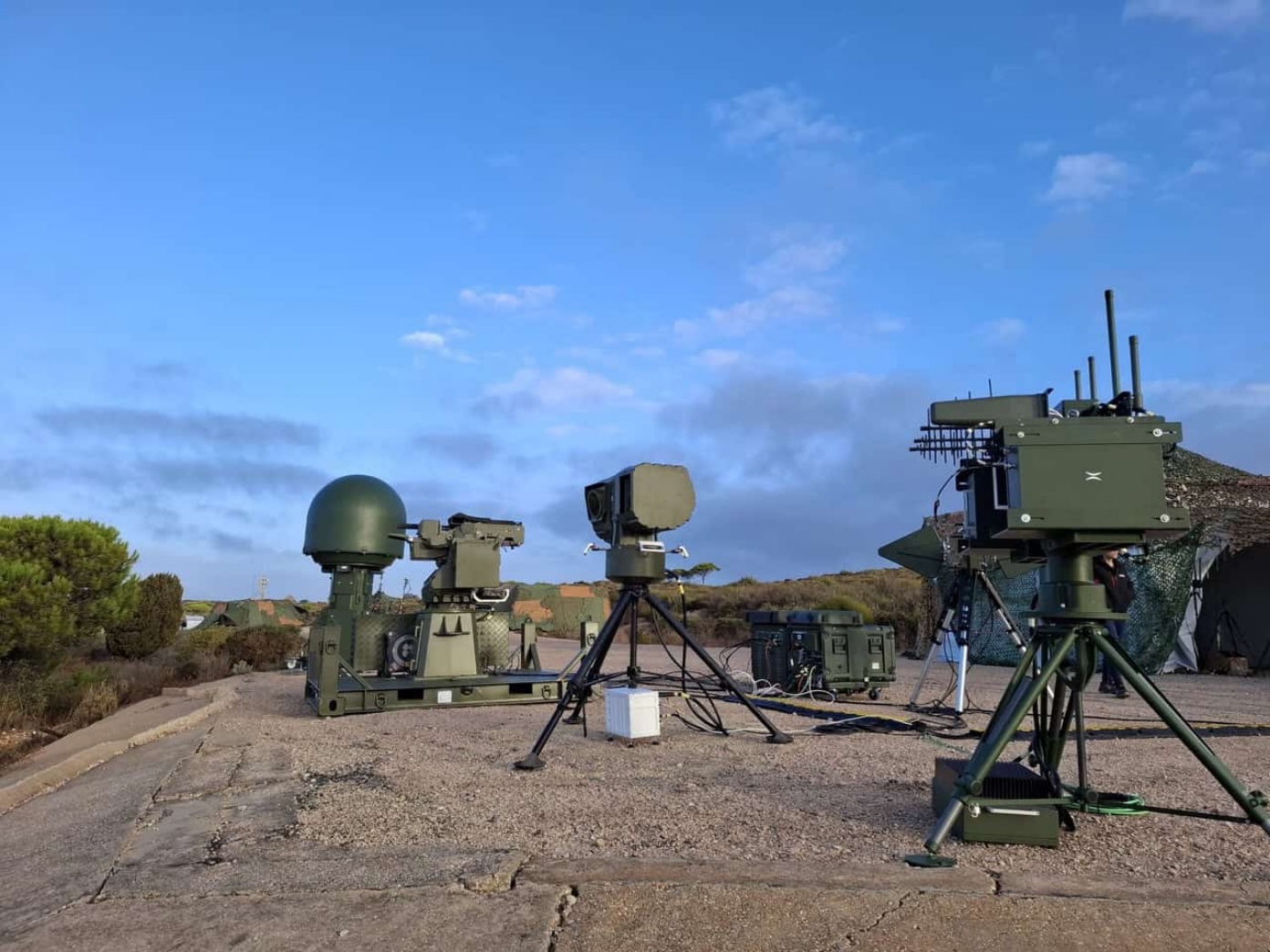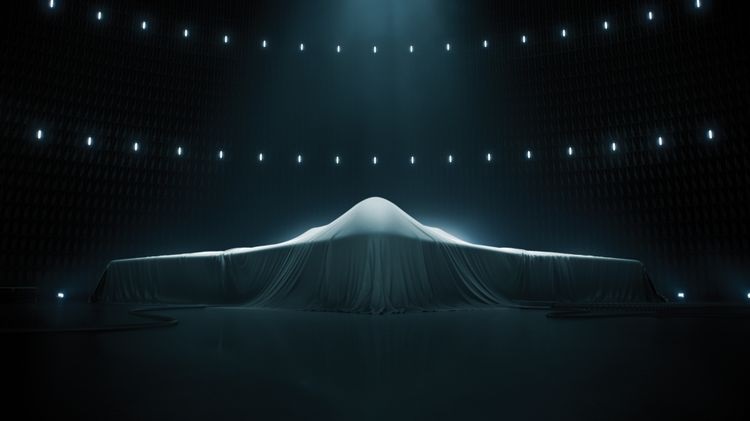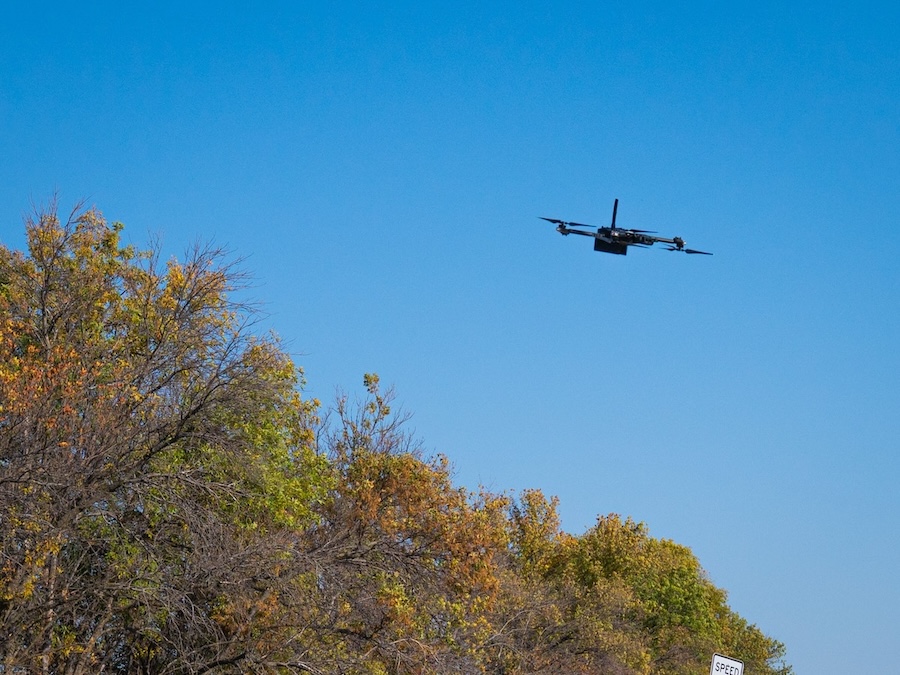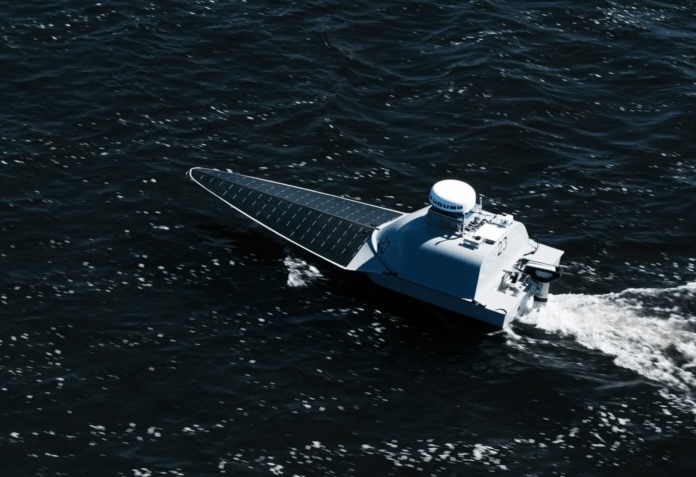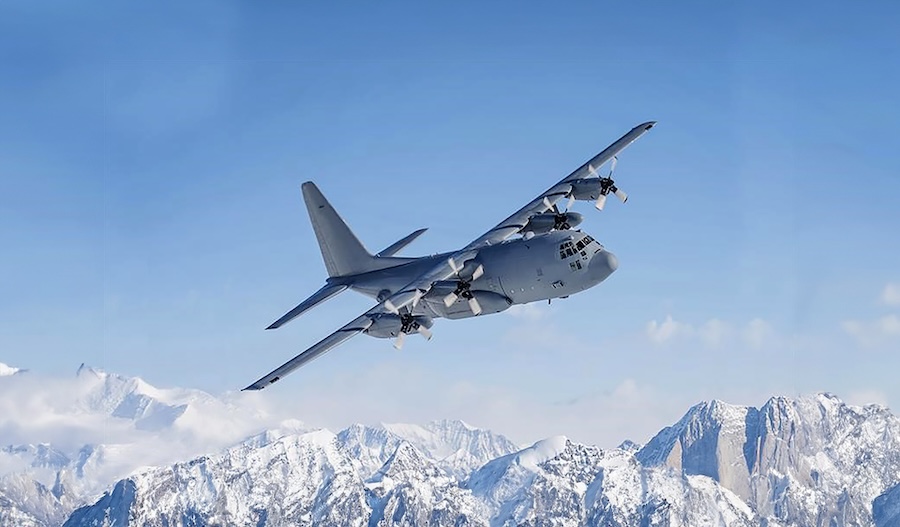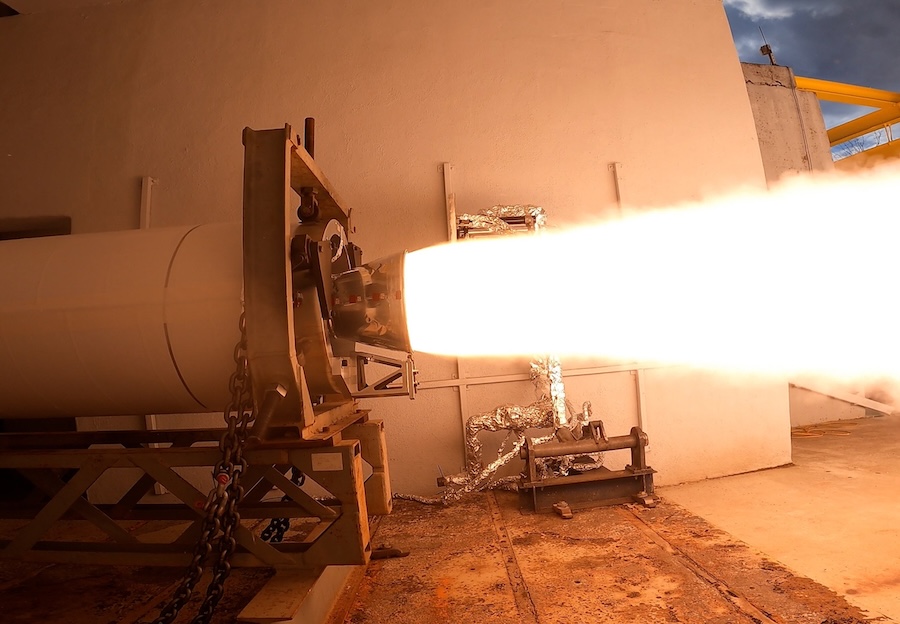According to the internal analysis, acquiring a fleet of aerial combat drones capable of flying alongside crewed jets could cost up to $16 billion and require hundreds of personnel. This estimate is at the higher end, and no final decision has been made on whether Canada will proceed with such a purchase.
David Perry, president of the Canadian Global Affairs Institute, noted that Canada’s allies are already advancing similar capabilities. “At a minimum Ottawa will want to better understand how its closest military partners will use similar technology,” he said.
Combat drones could expand the Royal Canadian Air Force’s (RCAF) operational flexibility and act as force-multipliers. Perry explained, “There’s been a trade-off, particularly in the West, with investing in expensive things… but they’re so expensive that you can’t build all that many of them.”
He added that uncrewed aircraft could bolster the size of the air force in a cost-effective manner. “You provide additional numbers in a way that could potentially help provide enough quantity to overwhelm opposition forces,” Perry said.
Referencing the war in Ukraine, Perry highlighted the challenge of countering large-scale drone and missile attacks. “If you have a whole bunch of targets to track, it makes it much more difficult for any kind of defensive system to be able to deal… with all the incoming,” he said.
Canada and its allies have not yet deployed drones that operate in tandem with fighter jets. Daniel Norton, a senior management systems analyst with the RAND Corporation, said the drones Canada is considering are smaller and cheaper than conventional jets, especially when purchased in bulk.
These “collaborative combat aircraft” can act autonomously in certain functions such as targeting and navigation, though human oversight remains essential. “I’d be surprised if [deployment] happened sooner” than 2030, Norton said.
The drones could support fighters by carrying sensors, jammers or weapons, or even serve as decoys in high-risk scenarios. Future versions may be capable of fully autonomous combat roles.
The idea was briefly referenced in the 2024 defence policy update, Our North, Strong and Free, which committed to exploring options for surveillance and strike drones, along with counter-drone capabilities. The internal analysis ruled out a fully Canadian-made drone fleet but proposed working with allies on ongoing international projects.
Potential collaborative programmes include Boeing’s MQ-28A “Ghost Bat” in Australia, General Atomics’ YFQ-42 in the U.S., and Anduril’s YFQ-44A, with some systems already undergoing or preparing for flight testing. Several European initiatives are also under development.
Lt.-Gen. Jamie Speiser-Blanchet, commander of the RCAF, confirmed the military is actively monitoring drone warfare advancements. “It is absolutely something that is on our radar and something that we need to be prepared for in the future,” she said.
Meanwhile, Prime Minister Carney has ordered a review of Canada’s F-35 procurement amid an ongoing trade dispute with the U.S. The federal government is expected to decide on the broader procurement project, including the potential for drone acquisition, by the end of summer.
Canada has committed to purchasing 88 F-35 fighter jets at an estimated cost of $27.7 billion, but has so far only confirmed the acquisition of the first 16 aircraft.
Source: Global News.


